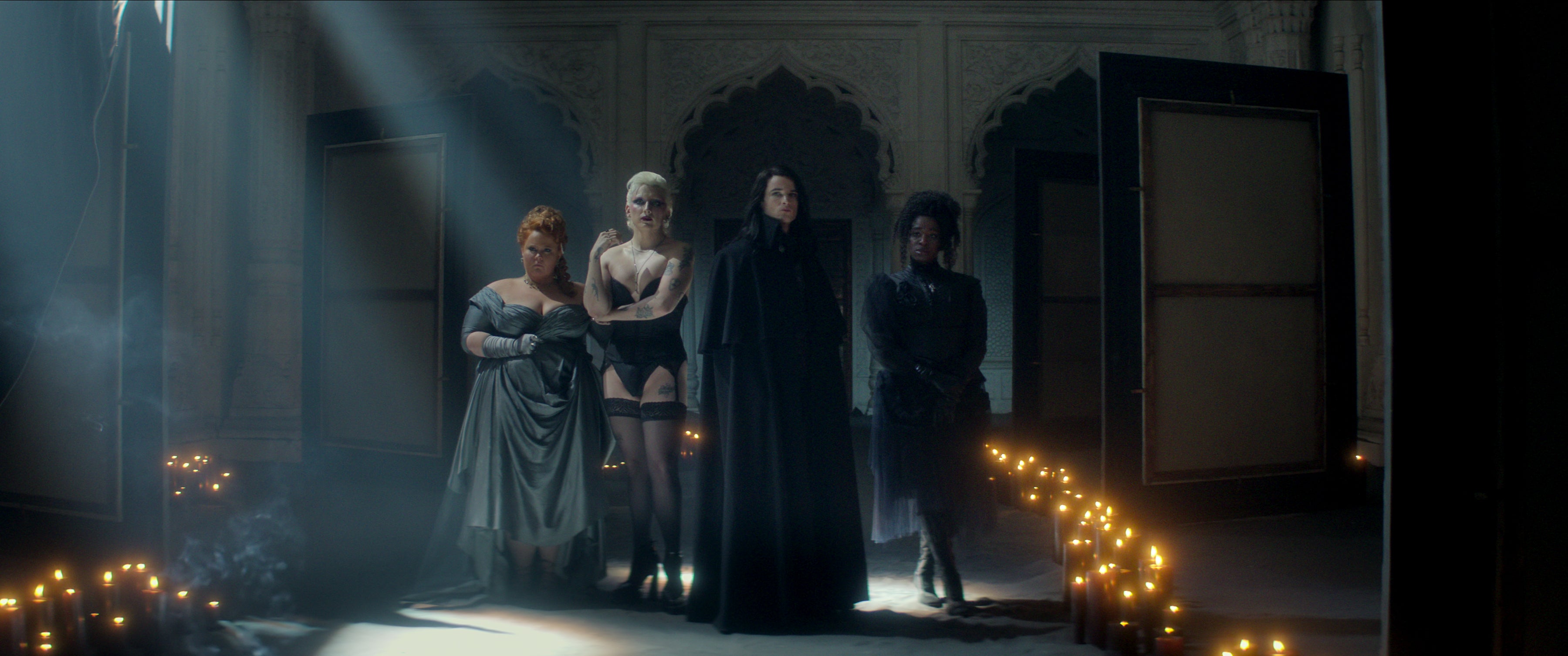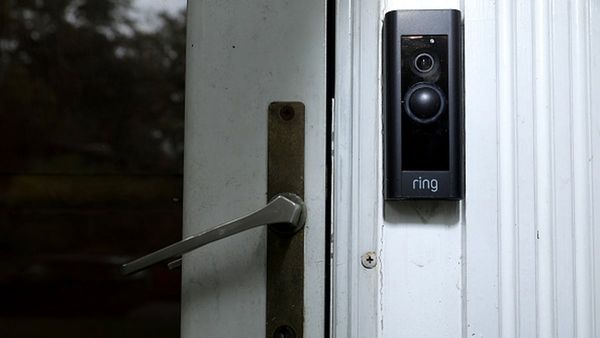Modern culture owes a lot to comic books. Not just because of the predominance of caped superheroes and alien invaders at the box office (for which comic books are owed a short, sharp slap to the face), but thanks to their creation of the episodic format that now governs television. The Sandman, a Netflix adaptation of Neil Gaiman’s acclaimed DC Comics graphic novel series, is both a testament to that relationship and a victim of it.
The Endless have been convened. Destiny (Adrian Lester) calls on his siblings – Desire (Mason Alexander Park), Death (Kirby), Delirium (Esme Creed-Miles), Despair (Donna Preston), and Dream (Tom Sturridge) – after he is delivered a cryptic message by the Fates. “A king will forsake his kingdom,” they tell him. “Life and death will clash and fray.” But who is the king, and who is the kingdom? Lucifer (Gwendoline Christie) seems keen to take an early retirement from guarding the gates of Hell, while Dream is grappling with a desire to pursue an old love through the afterlife and into the “waking world”. This is a universe in which mythologies – Greek, Christian, Norse and more – mingle and fight, as Dream embarks on a picaresque series of adventures through realms of – and beyond – his imagination.
The first series of The Sandman, which aired in 2022, began with Dream accidentally imprisoned by an occultist at the start of the 20th century. It offered a clear structure to those early episodes, as Dream escaped after a century, returning to find his realm in tatters. But by the end of the 11-episode arc, the show had reverted to its comic book nature, dancing between discrete narratives rather than following a single overriding plot. Here, as it returns for its second season, the show commits fully to a more episodic structure. Adapting collections like “Seasons of Mist” and “Brief Lives” means that the show already feels splintered – even before you realise that this season will be broken into three separate volumes.
These larger structural issues don’t necessarily infect the individual episodes. The resignation of Lucifer, for instance, is followed by an effective sequence in which Dream analyses the suitability of candidates to run Hell in her stead, like an infernal version of The Apprentice (though slightly less bloodthirsty, actually). Showrunner Allan Heinberg has great fun with the breadth and depth of lore at his disposal. “I’ve spent 10 billion years in this place,” Lucifer tells Dream. “That’s a long time.” Operating as an encyclopaedia of the imagination – from Shakespeare confecting A Midsummer Night’s Dream to placate the faeries, to Thor announcing, of his hammer, that “if you rub it, it gets bigger” – the show draws from the richly human tapestry of our collective story tradition.
This is a subject that TV commissioners seem oddly entranced by at present, despite indifferent results. The Sandman is essentially a more grown-up Doctor Who, but it is also very similar to Netflix’s Kaos (which was summarily cancelled after a single season) and Prime Video’s Good Omens, which is also adapted from a Neil Gaiman project, and has the same bouncy, referential tone. The problem with The Sandman, in particular, is that it is not very gripping and not very funny. Comic elements (like Steve Coogan as a talking dog, Barnabas, or Mark Hamill reprising his role as foul-mouthed scarecrow janitor Mervyn Pumpkinhead) are too infrequent. It also contains 10 seconds of Lenny Henry doing one of the worst American accents ever committed to the small screen. Most of the show, instead, is a combination of Dream’s portentous proclamations and trippy imagery that make the plot hard to follow. It leaves The Sandman feeling inert; a fan service project without a fandom to serve.
That has been compounded by the sexual misconduct allegations made against Gaiman – who co-created this adaptation of his graphic novels – in the period between the two seasons. It is hard to escape the feeling that the renewal might not have happened if these accusations, which Gaiman has denied, had come to light earlier. Certainly Netflix moved quickly in the wake of the reporting to make it clear that the show would end with this second instalment. The ever-expanding world of The Sandman needs the wholehearted support of the fantasy community, which spent two decades awaiting this adaptation. The middling results, therefore, will frustrate devotees while alienating the uninitiated.

When Dream – aka The Sandman – utilises his magic bag of dust, it creates a swirling black vortex that engulfs the space around it. That’s how watching The Sandman feels – like being trapped in a whirlwind of plot and intrigue, which never materialises into something solid enough to get to grips with. Too elusive to be emotive, too fast-paced to be introspective, The Sandman becomes an excessively intricate diorama of humanity’s shared mythologies.







